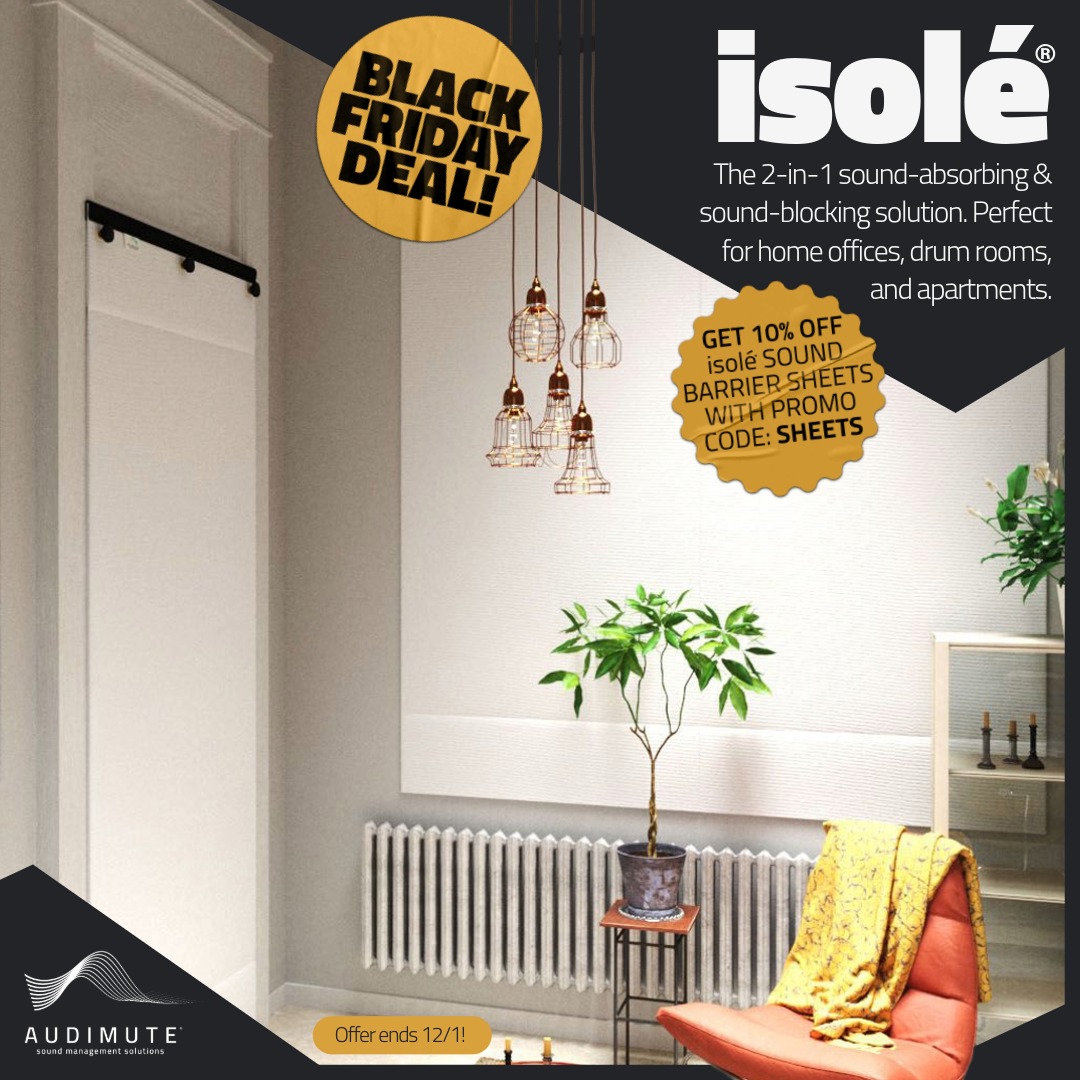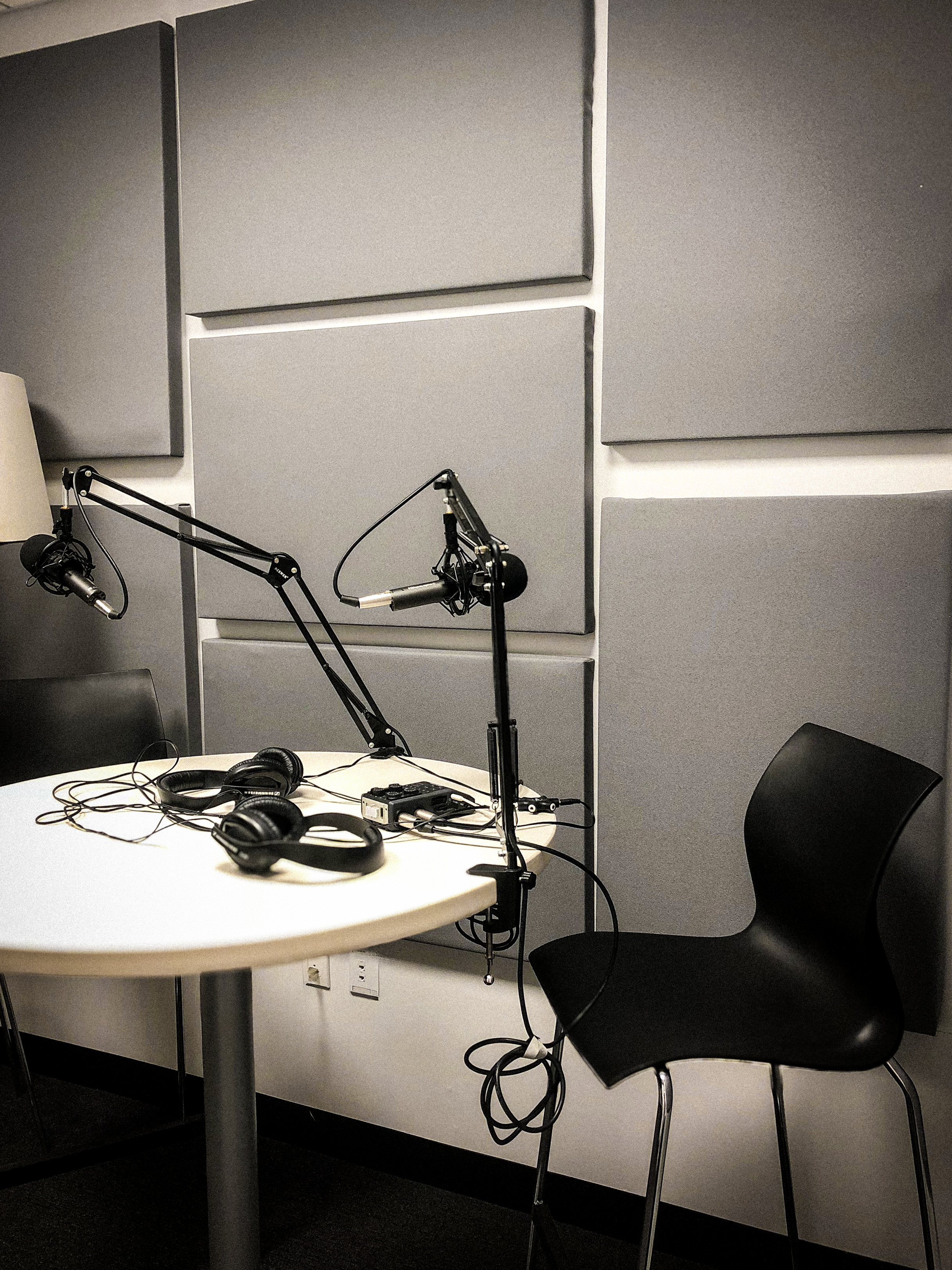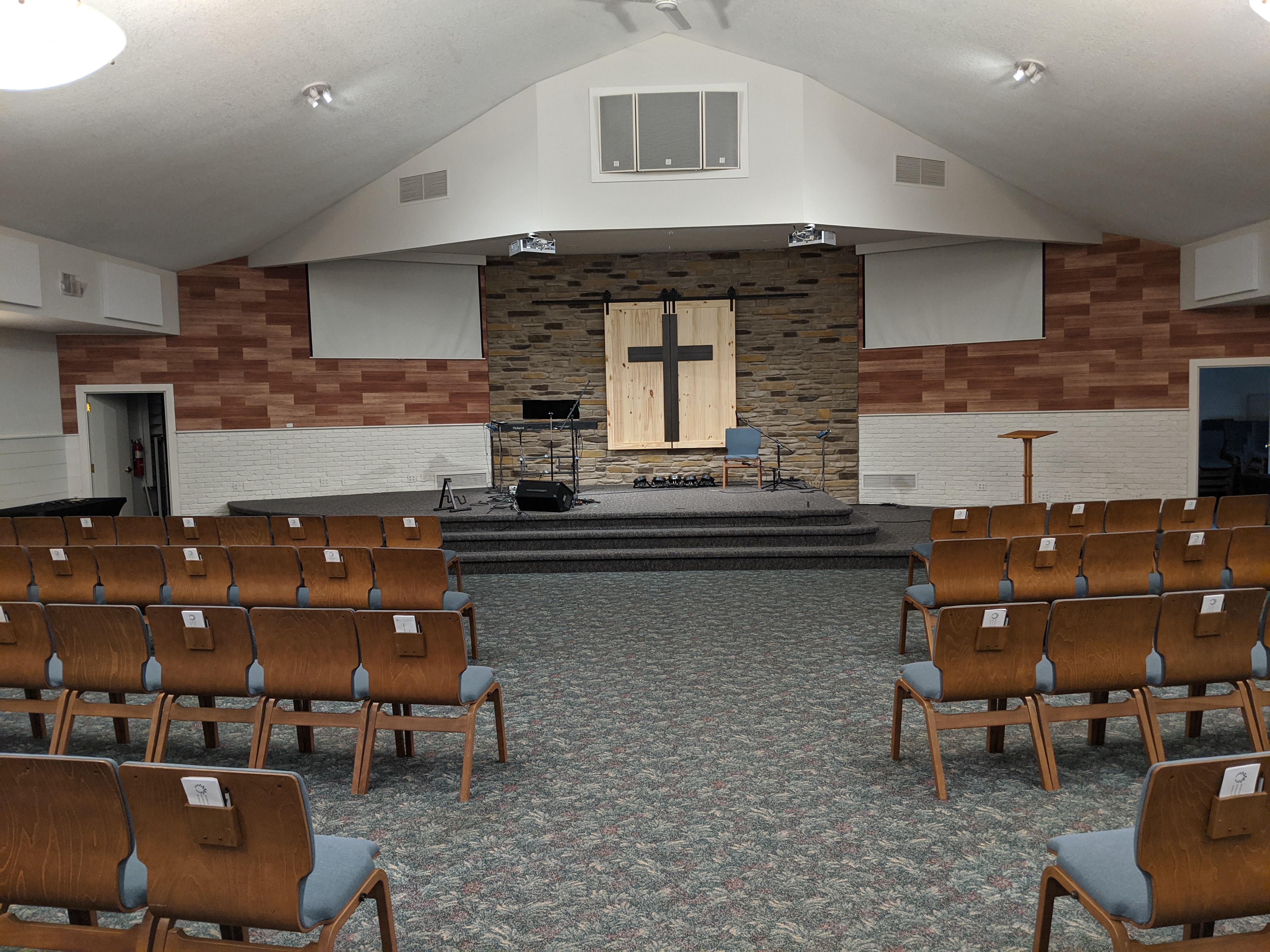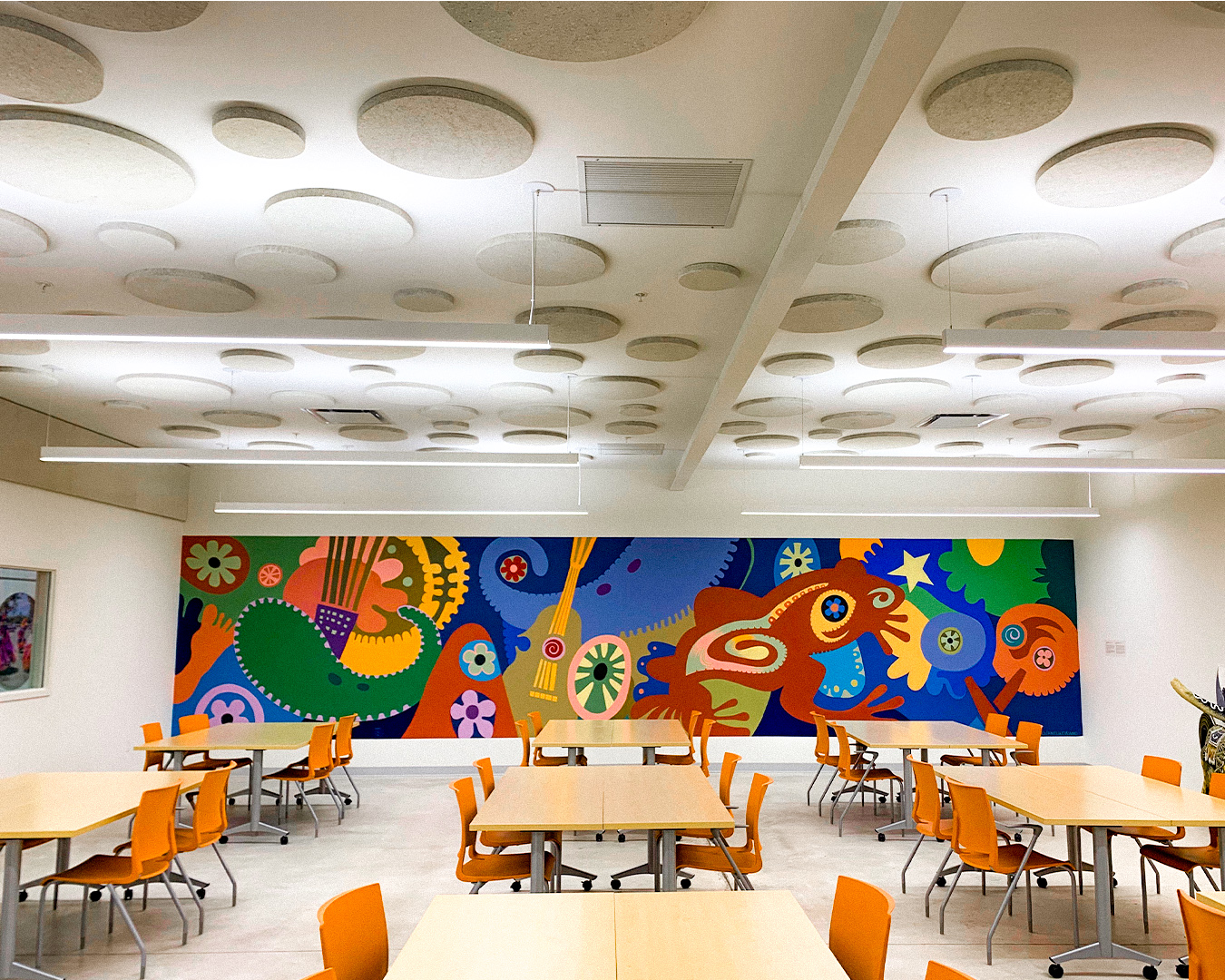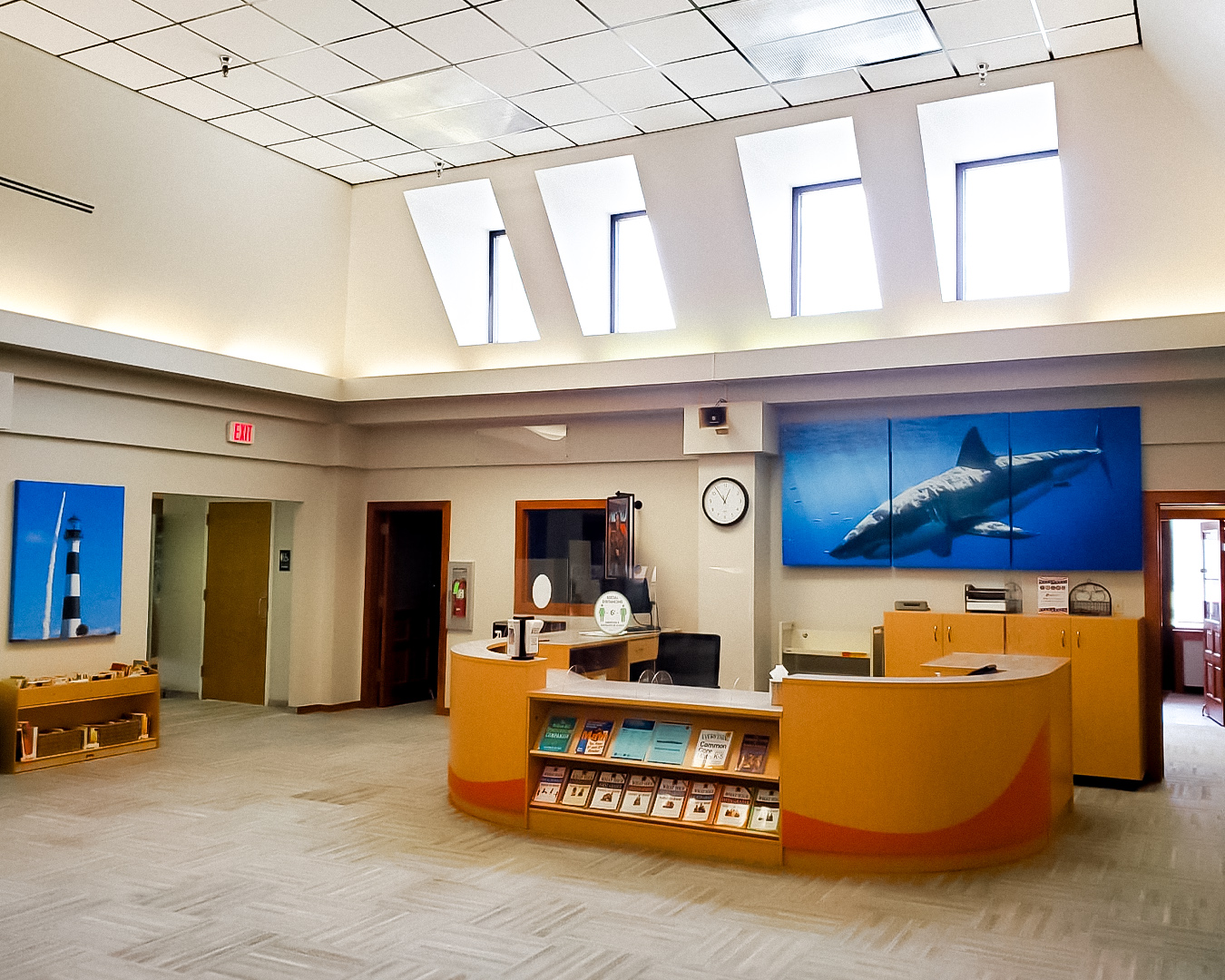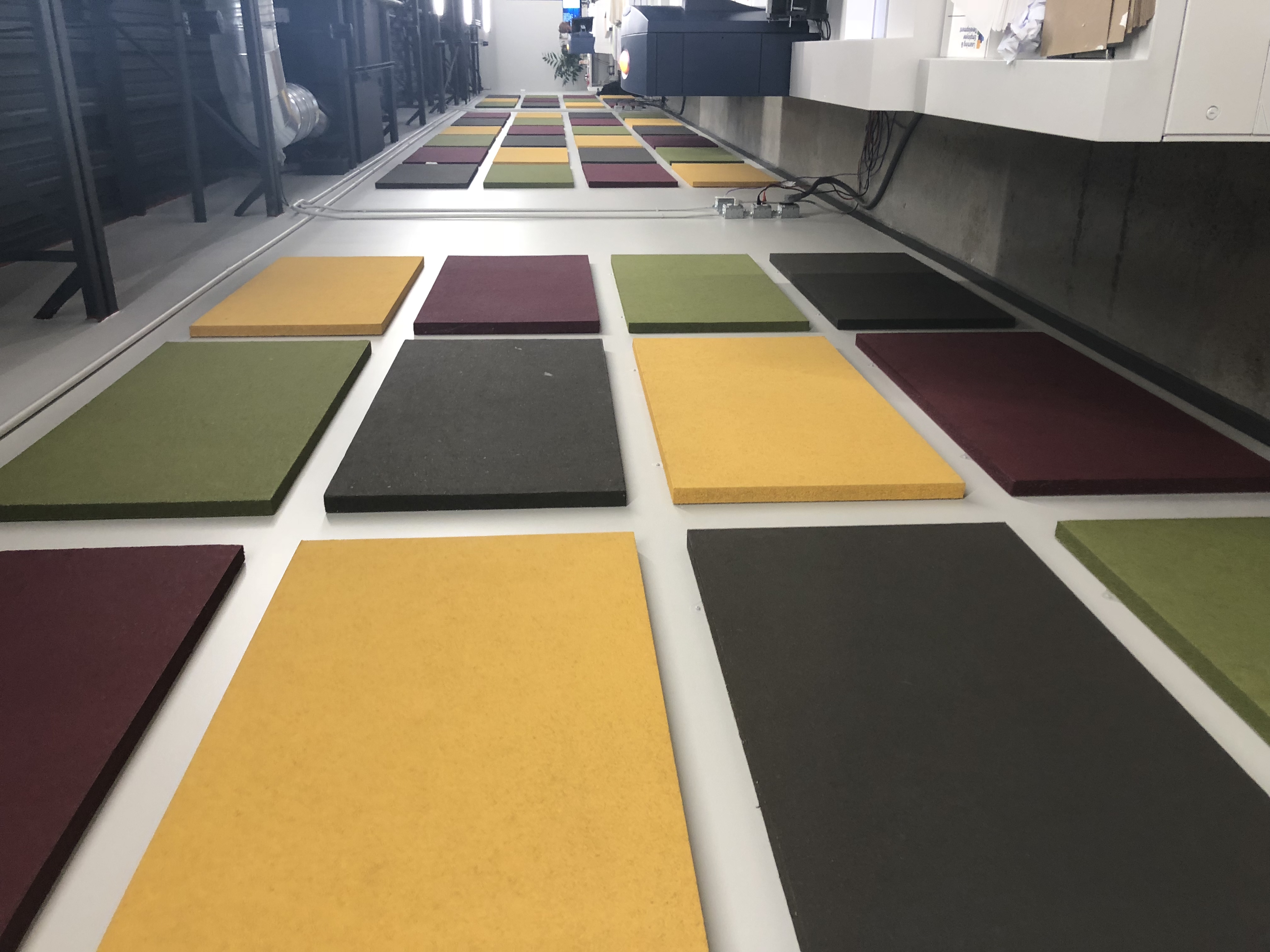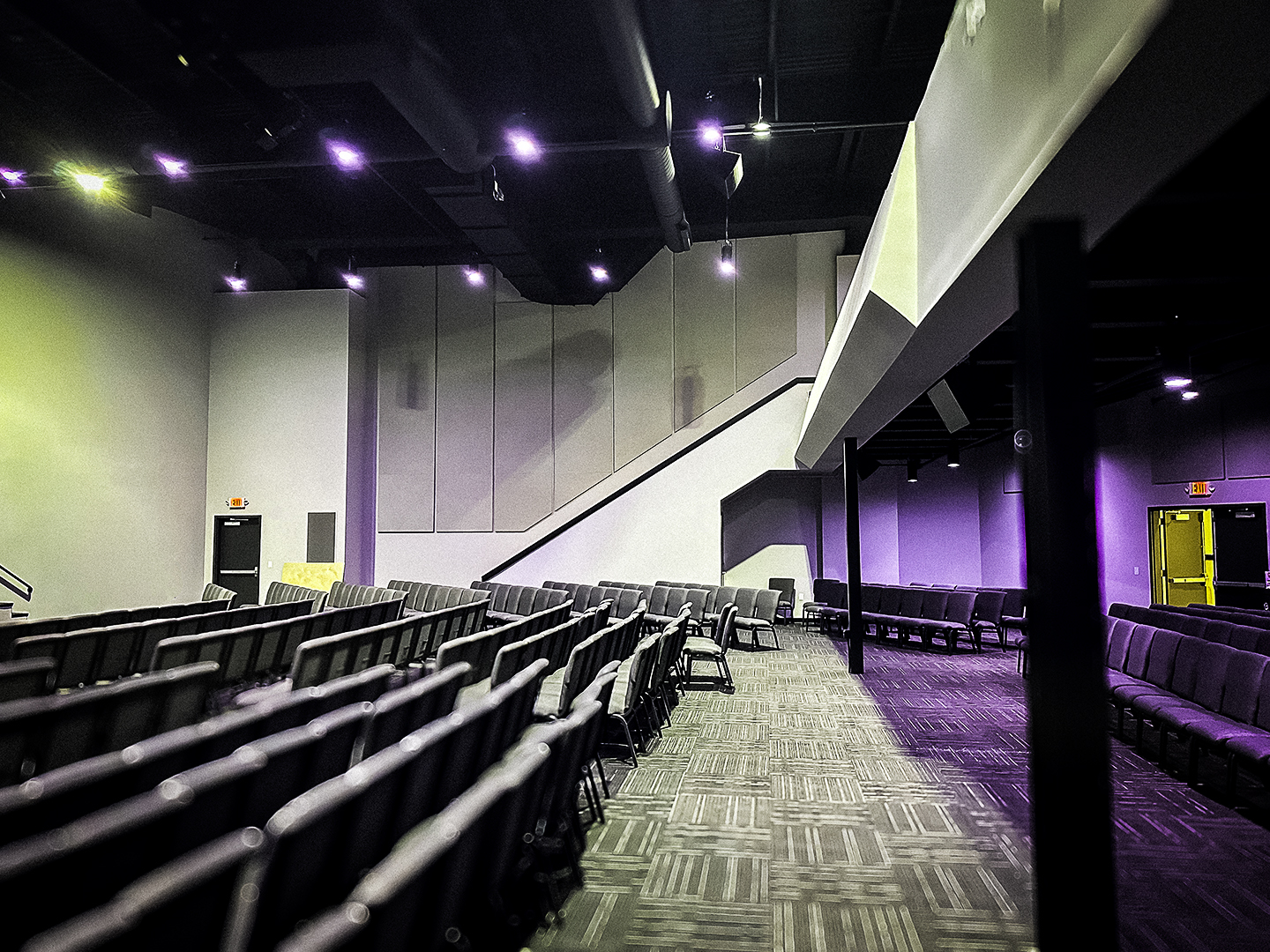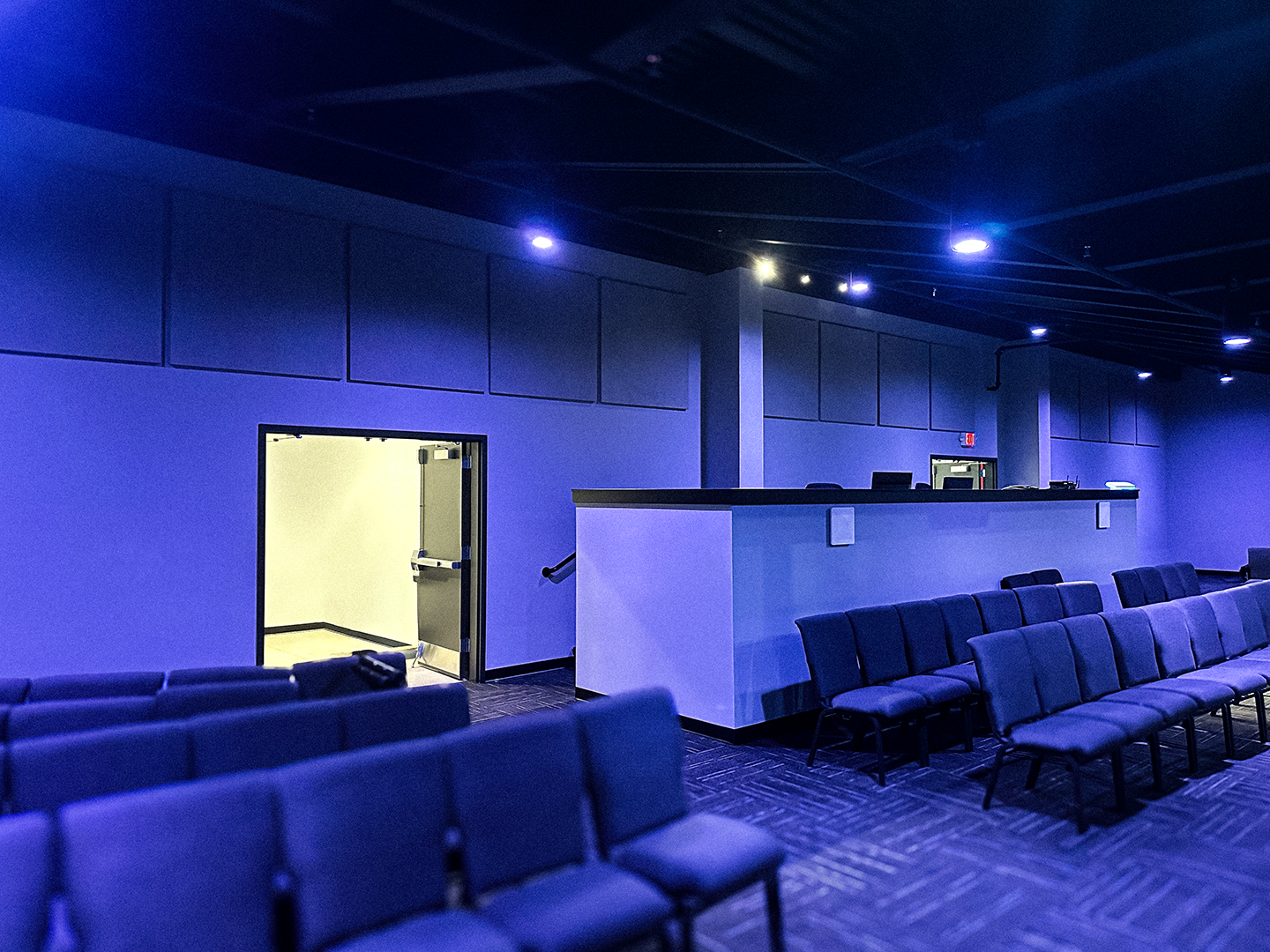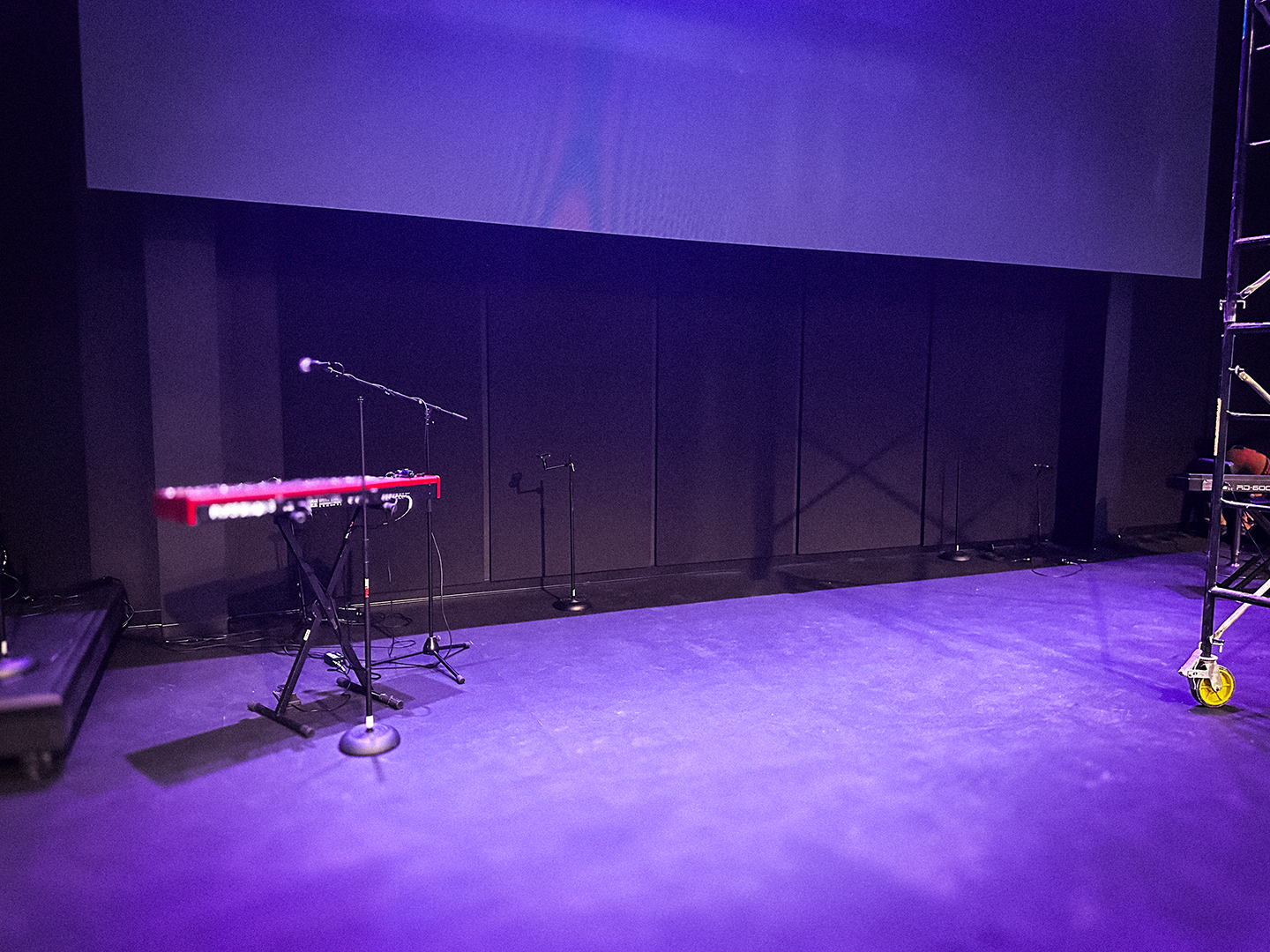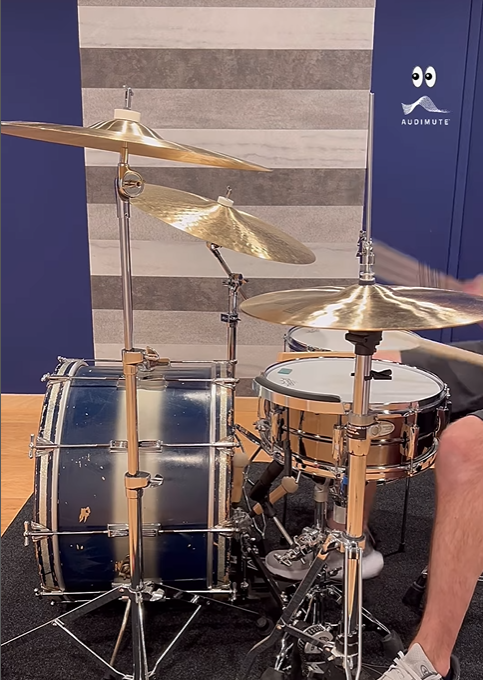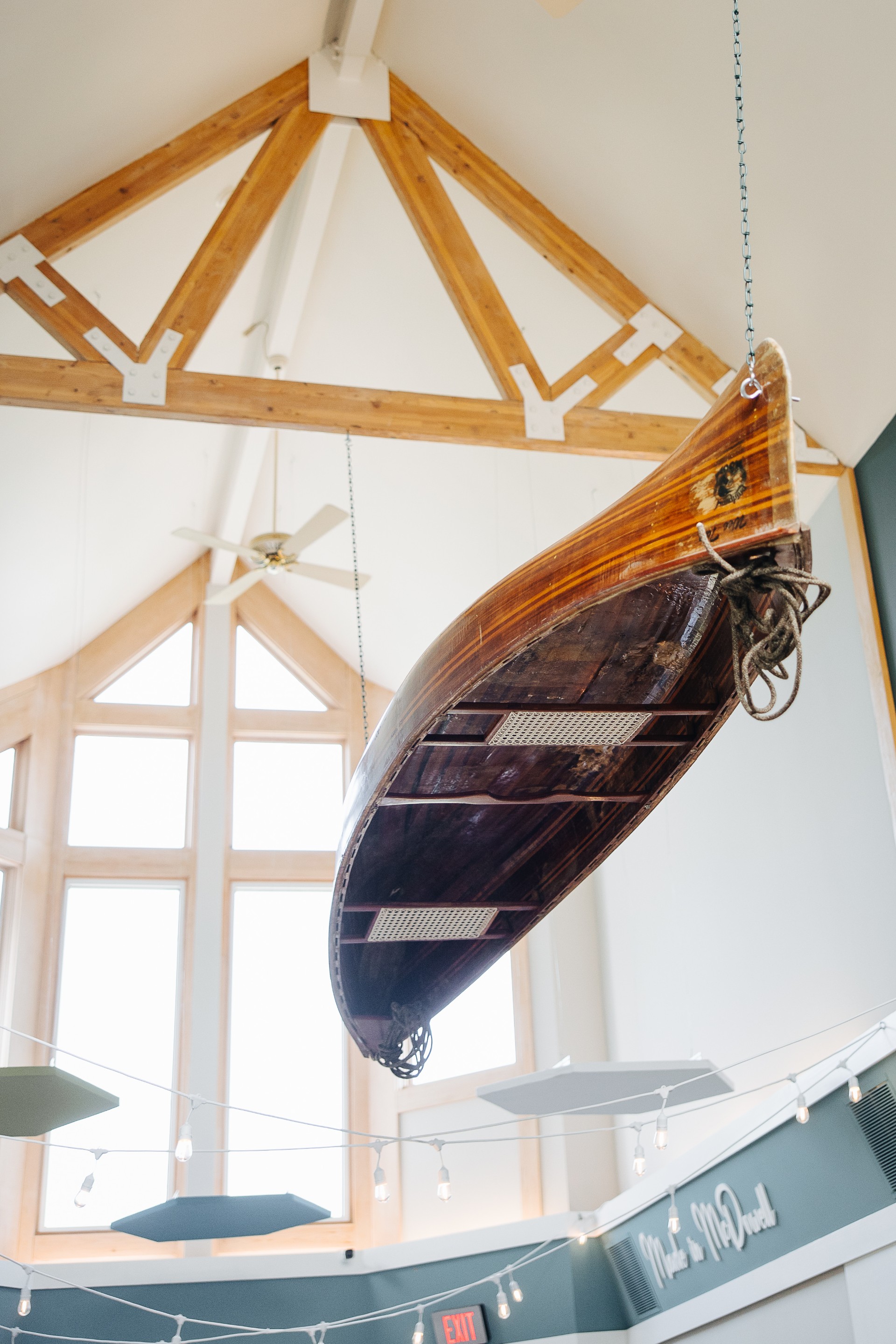Podcasts aren't just for influencers, journalists, and comedians anymore; they're now part of the k-12 education system, with many high schools and middle schools now offering podcasting as part of the media studies curriculum, as an extracurricular activity, or as a tool for class projects.
Here's some tips to make sure your school's podcast studio has great sound:
1. Find the Right Room
Larger rooms (like auditoriums, cafeterias, or gymnasiums) tend to be more reflective of sound waves. That means echoes and reverberations that are difficult to control. Try to find a smaller room with low ceilings instead.
Ideally, you'll also use a room that is situated away from intrusive noises. For instance, a room or office attached to the library will likely have less outside noise to contend with than a room attached to a main hallway or gathering space, like a cafeteria or common area. Be mindful of HVAC systems, too - air conditioners and heaters can add high-pitched frequencies that microphones often capture.
2. Add Sound Absorption
Once you've found the right location for your studio or podcast room, review the space for hard surfaces. Glass, concrete, drywall - these surfaces reflect sound waves around the space, creating echoes and reverberations that will muddy your podcast's sound quality.
If your podcast studio is susceptible to such echoes and reverberations, add porous materials such as carpets, upholstered furniture, and curtains to absorb those sound waves.
Want to take your sound solution to the next level? Acoustic panels are specifically engineered to absorb sound within a space to reduce noise and improve sound clarity. Each Audimute acoustic panel is made with our eco-C-tex® sound absorption material; it's eco-friendly and lab-proven to absorb an average of 95% of echoes, reverberations, and mid to high frequencies. Fabric Acoustic Panels are durable and cleanable, while our Custom Image Acoustic Panels can be printed with your school's logo, its mascot, or your podcast's name to add that extra touch of school spirit (and branding!).
3. Use the Right Microphones
Unidirectional microphones, or microphones that capture sound from the direction they're facing, are generally better for podcasts than omnidirectional mics, which capture sound, including background noise, from throughout the space. Of course, in a room that has been properly treated for acoustical quality, background noise and echo is less of an issue; that said, if you're just trying to capture the voices of those speaking, unidirectional is still the way to go.
4. Use Headphones
Wearing headphones while recording your podcast is a great way to keep track of your audio quality in real time. Is your volume too low? Are you too close to the mic? Is there a glitch somewhere disrupting the sound quality? By wearing headphones during the recording of the podcast, you can identify and resolve issues in the moment instead of trying to fix them in post-production. Headphones also cut down on echo from any speakers within the room playing back audio during the recording.
Ensure your podcast studio is set up for acoustic success so students can instead focus on producing great content! And if you need free advice on how to set up your studio, contact an Audimute Acoustic Specialist at 1.866.505.MUTE or contact us here.
